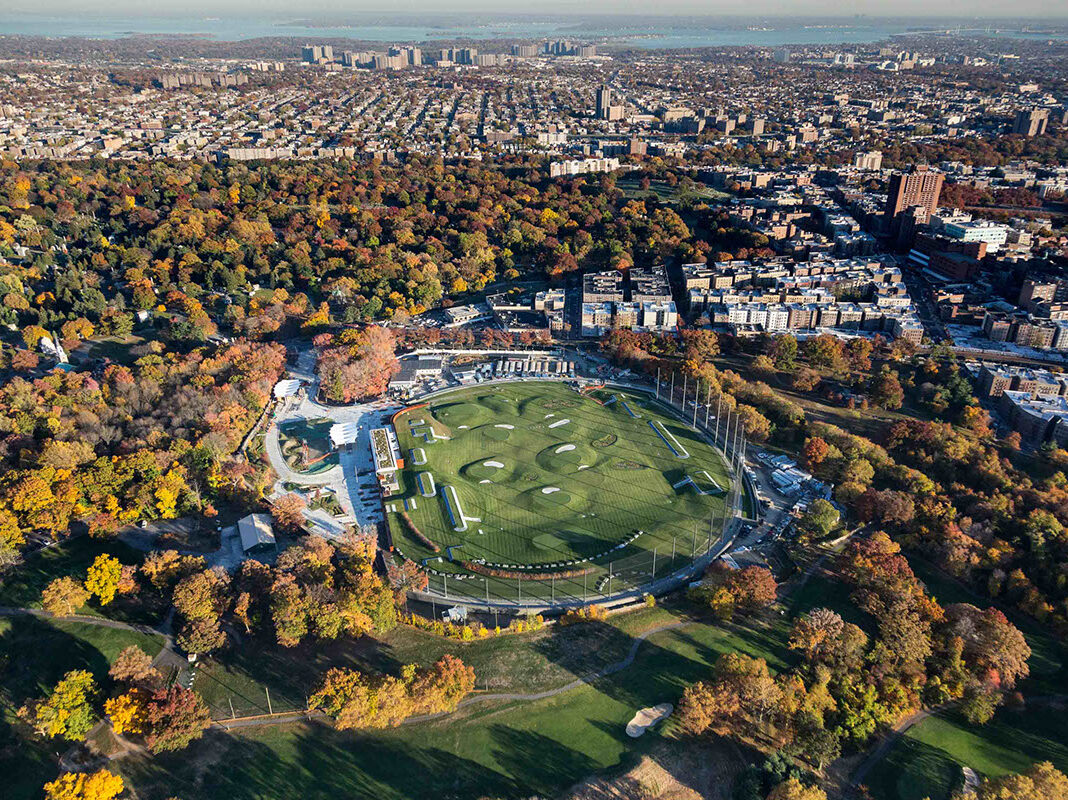California Association of Environmental Professionals (AEP) Conference 2024
April 4, 2024Landscape Architecture at Great Ecology: 2024 ASLA World Landscape Architecture Month
April 16, 2024California Association of Environmental Professionals (AEP) Conference 2024
April 4, 2024Landscape Architecture at Great Ecology: 2024 ASLA World Landscape Architecture Month
April 16, 2024April 10, 2024
Green Roofs: The Future of Infrastructure
Author: Dan Marsden
The popularity of green rooftops and urban agriculture is gaining momentum given the enormous benefits to ecosystem services and aesthetic values they provide. Whether it’s because they reduce stormwater runoff, reduce energy demands, improve air quality, decrease the impacts of urban heat islands, or are simply visually striking, green roofs will likely see far more demand as their benefits are realized. Some cities are even implementing legislation and development incentives for new building installations. As an example, in Toronto, Canada, commercial, institutional, and residential buildings with more than 2,000 m2 roof area are required to cover 20-60% of the roof with vegetation, depending on the size of the building. Likewise, Portland, Oregon, is setting a precedence with new and occupied city-owned buildings of over 20,000 ft2 to cover the entire roof with vegetation coverage (minus skylights, mechanical systems, and fire and access routes), and other large cities like Chicago, Illinois, are following suit. That is a lot of added greenery for a much-needed reimagining of our cities.
The U.S. General Services Administration estimates that green roofs on commercial and public buildings provide an average internal rate of return of 5.2% annually, and a return on investment of 224%, based on a net present value of $2.70/ft2 and a 50-year average annual savings. Over time, the economic benefits can greatly outweigh the upfront costs associated with design and installation. In terms of best practices, a building must be structurally supportive of the added weight, that leak prevention measures are in place, and that maintenance requirements are met throughout the roof’s 40+ year lifespan.
Depending on their design, green rooftops can also serve as gathering places, rooftop farms, and recreational spaces. One example includes the Croton Water Filtration Plant in Van Cortland Park, Bronx, New York. The facility's nine-acre green roof is home to a golf driving range. Great Ecology was part of the Grimshaw Architects project team for the green roof and surrounding grounds, designing a wetland habit around the perimeter of the facility to naturally filter both stormwater that is collected from the green roof and upwelling groundwater that is collected by the plant structure. The wetland habitat designs were influenced by the natural landscapes of the Bronx and surrounding New York State region. Our Croton project is one of many where Great Ecology has brought innovative ecological design to a large-scale development. As of 2020, Croton was NYC’s largest water infrastructure project ever accomplished.
With the future of green infrastructure, including green rooftop design, set to take off in cities around the world, ecological design will be more important than ever to ensure project success. Great Ecology's experienced, innovative staff of ecologists and landscape architects are ready to bring the leading edge of green infrastructure technology to your projects.





